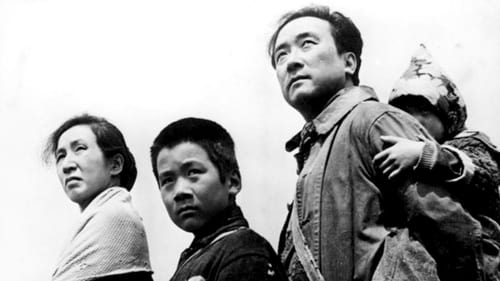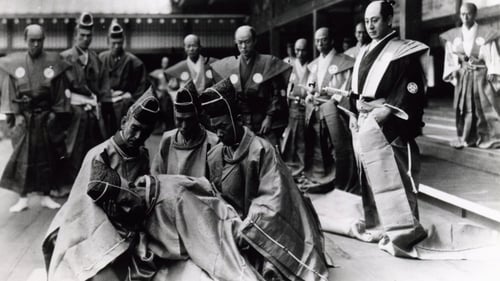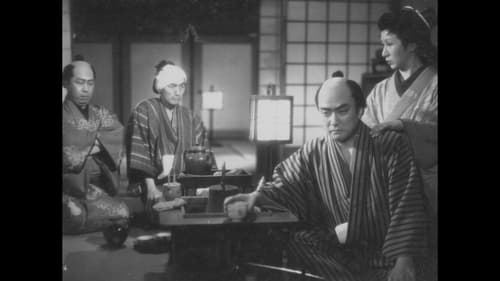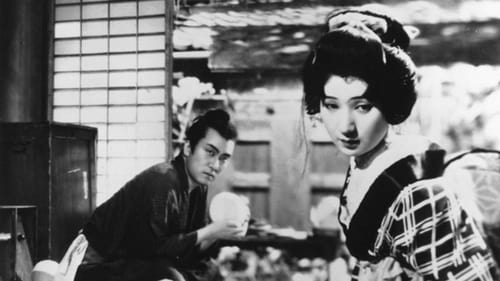Shizue Kawarazaki
Birth : 1908-01-25, Nihonbashi, Tokyo, Japan
Death : 2002-01-01

Sakurada Tomiko
Oshima’s magisterial epic, centering on the ambivalent surviving heir of the Sakurada clan, uses ritual and the microcosm of the traditional family to trace the rise and fall of militaristic Japan across several decades.

Osan's mother
Successful and married with children, paper-mill owner Jihei knows better than to contradict the strict social and moral codes of 18th-century Japan. But when he meets the lovely courtesan Koharu, he becomes a man obsessed. Koharu returns his love, even foregoing other customers while Jihei schemes to somehow buy her freedom. His efforts yield ruinous consequences for his business and his family life, and Koharu is meanwhile purchased by another client.

Kabuki adaptation: A princess, a figure from the literary past who anticipates a modern woman, tempts a self righteous priest.

The film shows the bombing of Hiroshima and the horrific aftermath following the detonation of an atomic bomb on humans for the first time in history.

Describes the oppressed life of the crab fishermen and their final revolt which is bloodily suppressed by the Royal Navy. (Set in the 1920's)

A period film about a peasant revolt in the region near Mount Fuji, occasioned by high officials' depriving the farmers of their water rights.

Sato, Mori's wife
About the struggles of day labourers to achieve dignity and a standard of living above the starvation level. Utilising the Zenshinza theatrical troupe.

Oriku
In 1701, Lord Takuminokami Asano has a feud with Lord Kira and he tries to kill Kira in the corridors of the Shogun's palace. The Shogun sentences Lord Asano to commit suppuku and deprives the palace and lands from his clan, but does not punish Lord Kira. Lord Asano's vassals leave the land and his samurais become ronin and want to seek revenge against the dishonor of their Lord. But their leader Kuranosuke Oishi asks the Shogun to restore the Asano clan with his brother Daigaku Asano. One year later, the Shogun refuses his request and Oishi and forty-six ronin revenge their Lord.

A jidaigeki film on Banzuiin Chōbei produced in 1940 and directed by Yasuki Chiba.

Set in the late Edo period of the assassination of Dairo Ii, the sword and emotional romance that depicts the murderous world. The turmoil of the end of the Edo period is depicted through the nameless Ichii people, centering on the main character of the Hatamoto collapse that is drunk by the waves of the end of the Edo period.

Otaki
Unno, a masterless samurai, has been supported financially since his father's death by his wife, who makes small paper balloons. He hopes that Mouri, his father's former master, will hire him after being given a letter from Unno's father. Unno's neighbor, Shinza, a hairdresser by trade, is under constant threat by gang members after running gambling dens on their territory.

Story of a bandit king part 2.

Story of a bandit king.

Tatsuru
Story of a bandit king.

Oshizu
A boy steals a knife from an old samurai, unaware of its value, setting off a strange chain of events.

Okichi
A tragic period film about a gangster who comes out of prison and finds it hard to find a place again in society.










